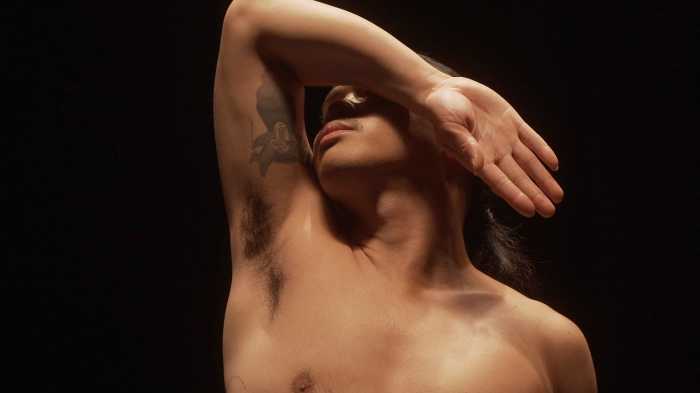
Quinceañera: Dress and Memory in Latine Culture

The Godwin-Ternbach Museum is pleased to present Quinceañera: Dress and Memory in Latine Culture. This exhibition is a full-throated celebration of Latine culture as visualized through the Quinceañera coming of age ceremony in the inter-American world and beyond. An extravagantly symbolic dress sits at the heart of the ritual. As an intrinsic part of humanity, dress manifests issues including gender, race, religion, sexuality, modesty, the body, age and identity. Through the voices of the pan-Latine community, we honor the event’s rich cultural tradition and continuing importance to Latine communities in the US.
This exhibition is a fully community-minded event, narrated by first-person oral and written accounts from the pan-Latine communities of New York City, along with personal objects and documentary items. As a labor of love, students of the Queens College Fashion and Design Program have made a multitude of fabric flowers for the exhibit. This material manifestation of spirit echoes the creative act of becoming that defines the Quinceañera itself. With auditory, visual, and physical elements, a multi-sensory experience allows the visitor to absorb the temporal-spatial elements of dress as embodied practice, along with the rites and customs of the Quinceañera observance.
The Quinceañera celebration is a transformative moment in a fifteen-year old’s life and marks her passage into adulthood. The traditional ceremony features a Catholic mass along with a separate reception. Folklorist Norma Cantu describes the origins of the Quinceañera as a mix of pre-Columbian rituals and colonialist practices from Spain and France. Following European traditions, the ceremony is structured around a court, with the Quinceañera escorted by a Chambelan de Honor (a male brother or good friend, not boyfriend), along with a retinue of Damas who usher her through the ceremony. The Quinceañera receives a medal during the religious ceremony, and usually a prayer is said for the Virgin de Guadalupe.















